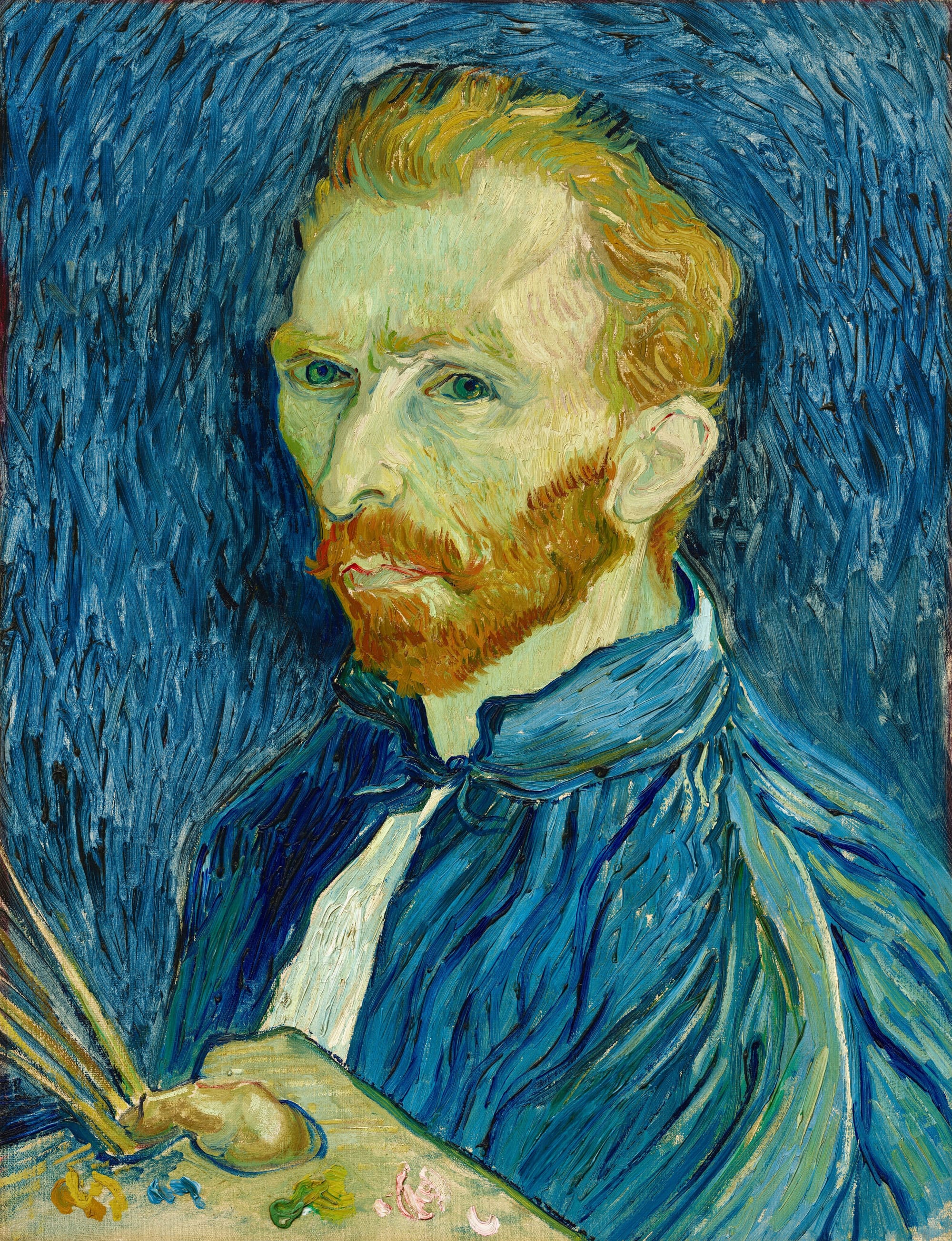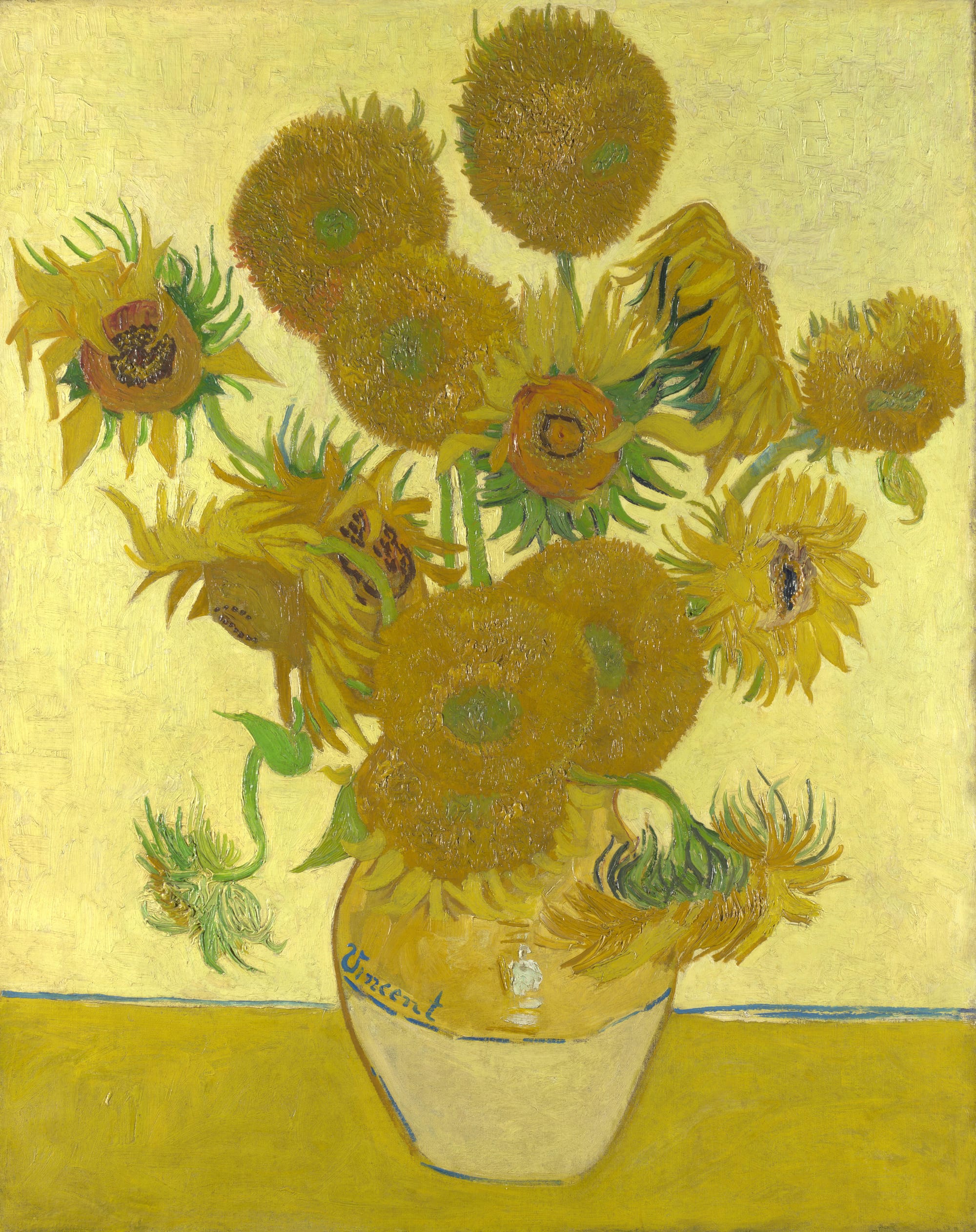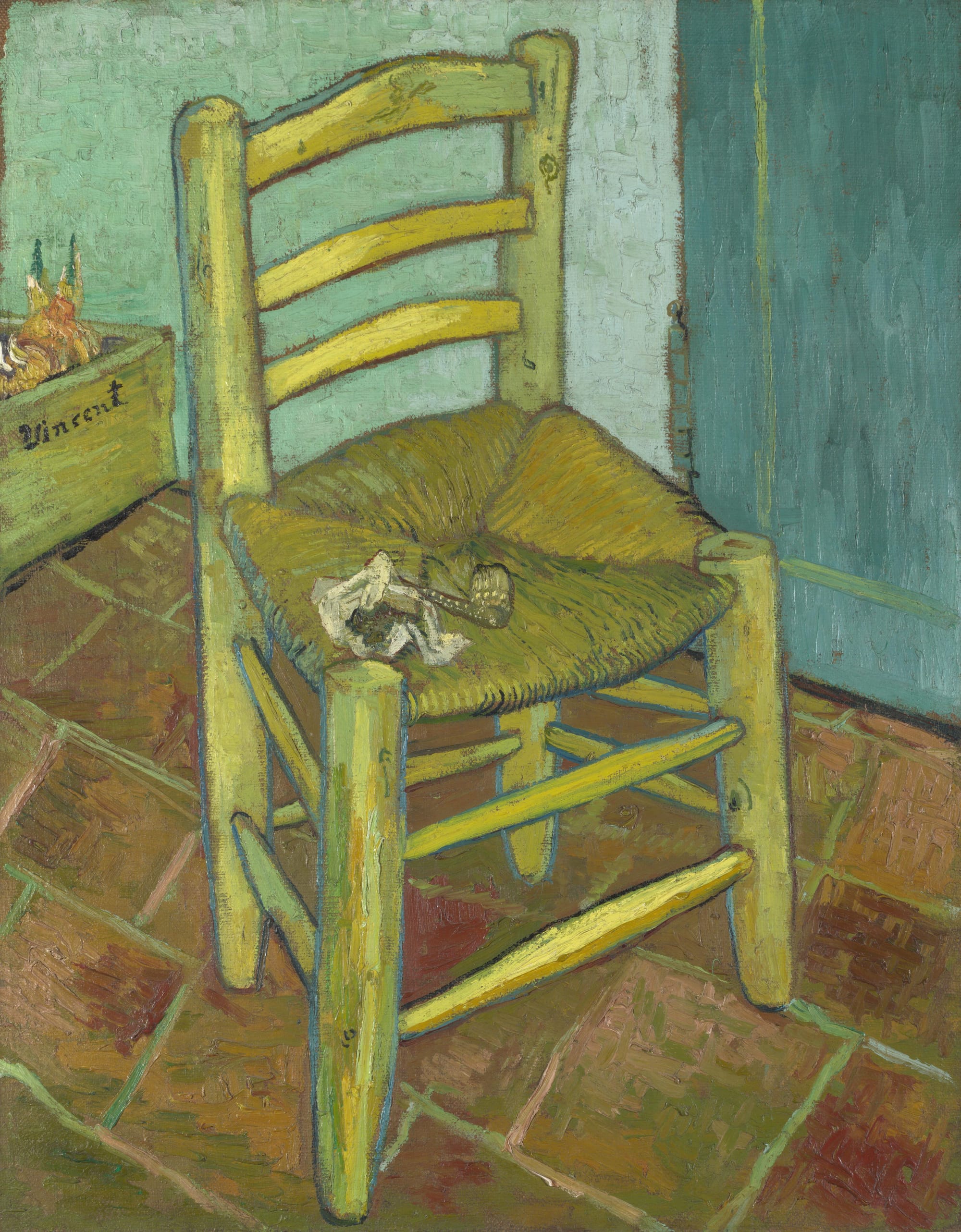Five Poems for Vincent
What started as a catalog essay about van Gogh’s little-known passion for poetry became a suite of poems for the Dutch painter.

Editor’s Note: The following poems have been excerpted with permission and adapted from Vincent's Poets (2024) by Michael Glover, published by 1889 Books and available online and in bookstores.
I have lived with Vincent van Gogh, on and off, for much of my working life as an art critic. Like many other great artists, he is always coming and going. But this time the encounter was slightly different. A couple of years ago, Cornelia Homburg, curator of Van Gogh: Poets and Lovers at London’s National Gallery (running through January 19, 2025), asked me whether I would like to write a catalog essay about van Gogh’s passion for poetry, something that few people knew about.
What did it all amount to? In the course of doing that, it occurred to me that I needed — yes, it felt like a compulsion — to write a suite of poems that would somehow define my fascination with this man. As I wrote and re-wrote, I discovered that I was doing at least two things at once. Not only was I writing about several key paintings in the show, but I was also summarising my long-evolving thinking about Vincent’s character, too: headlong, compulsive, never say die — until death struck him down, so cruelly early. Below are five of the 40 poems in Vincent’s Poets (2024).
Self-Portrait
The face, admittedly, is that of
A rapacious weasel,
As disgusting to myself
As it is to you. No matter.
There is no answer to earthly afflictions
Of the fleshly kind.
God has done what he must do.
Jesus alone is the Creator.
It is he who has twisted
And formed us
Into the scuttling homunculi
Who flood the streets of Paris.
Wine helps a little, of course,
That and the refreshments
To be had at the brothel.

The Sunflowers Welcome Me
Did you ask me to exchange a word with you?
I could not. I walked on.
I was in too much of a hurry.
Am I then to be condemned
For a disgusting man?
You say you remember me then,
That I reeked of dirt, sweat,
And seldom bathed,
That I was the very model of
Gruffness, surliness and hostility
When spoken to in your shop.
What of that?
What if your look of
Horror and contempt
Displeased me in my turn?
What if I gave you tit for tat?
Am I then to be condemned for drawing back
And hurrying out empty-handed?
These sunflowers in this field,
They do not reel back, shocked.
They are not disgusted
By my presence amongst them,
Heaving my painter’s baggage.
I shall make them then
My everyday companions.
I do not need you.

Cypresses
They rise from behind the leaning bunchings
Of the bristling armoury
Of the wheat field’s pale gold,
Reeling and thrashing when the wind beats,
Behind which thick curdlings of cloud,
Dense and clotty as whipped cream,
Smudged white, grey or palest yellow,
Fuss and flurry... And still, in spite of all,
They stand tall in the almighty,
Heaven-yearning strain
Of their tapering up-reach,
Spiralling, ever spiralling.
I lose myself in them.
I would, if I could, twist upwards with them.
I call them my ancient of days,
My Egyptian obelisks.

The Poet: Portrait of Eugène Boch
Something of a poet indeed,
Dantescan perhaps,
All that nerviness to the fore,
A certain tautness, angularity,
The way the head is framed
by that star-lit, daisy-lit sky
Into which he is being absorbed,
And how nature too hangs
In the wheeling firmament,
That depth of ultramarine
He has once again achieved
Into which the eye dives...
How and why Dantescan though?
Borrowing that image
Of an exiled poet in profile,
Red-gowned, a touch ascetic,
The face tapering to the point
Of a goatish, forked, devilish beard,
Cheek bones hollowed,
Brows arched, head bony,
Cut out stark, against the sky,
Eyes intent, watchful,
Brown, to rhyme with
His slope-shouldered, buttoned coat...
A sketch he called it,
Not the real and final thing at all,
Which he made, and then unmade,
Dissatisfied with its finish,
And when he came to send
This sketch to Theo
At Rue Lepic in Paris,
Of the several, it was
The only one framed
And he had called it,
Even sanctified it then, as
The Poet...

The Chair
This raw, unpainted, left-hand edge,
With multiple nails in-driven,
I regard as a wounding of sorts,
A ripping away of all fatuity, make-believe,
A stabbing down and into the truth of the matter,
And all this surely does matter...
See for yourself! It is only a raw webbing
of crude-made, brown-weave canvas after all,
Fit to hang raw in the damp of a midden
Were it not up here on the wall of this bedroom...
In fact, in all this wounding it is myself that I see,
Scarified by all my hauntings,
That which forever must lie beneath
Any smoothness of surface
(Of which there is so pitifully little),
Any garnishings of fine-minted words
Of which, from time to time,
I do seem to have been just about capable...
As I was too, it seems,
Of making this fresh conjured chair
Out of fiercely tamped,
Rough-textured brushstrokes,
Home-spun, four-square
And dependable as these words
Of pitiful description must now
Try to make it, for this is all of me.
Should I then invite you to agree?





